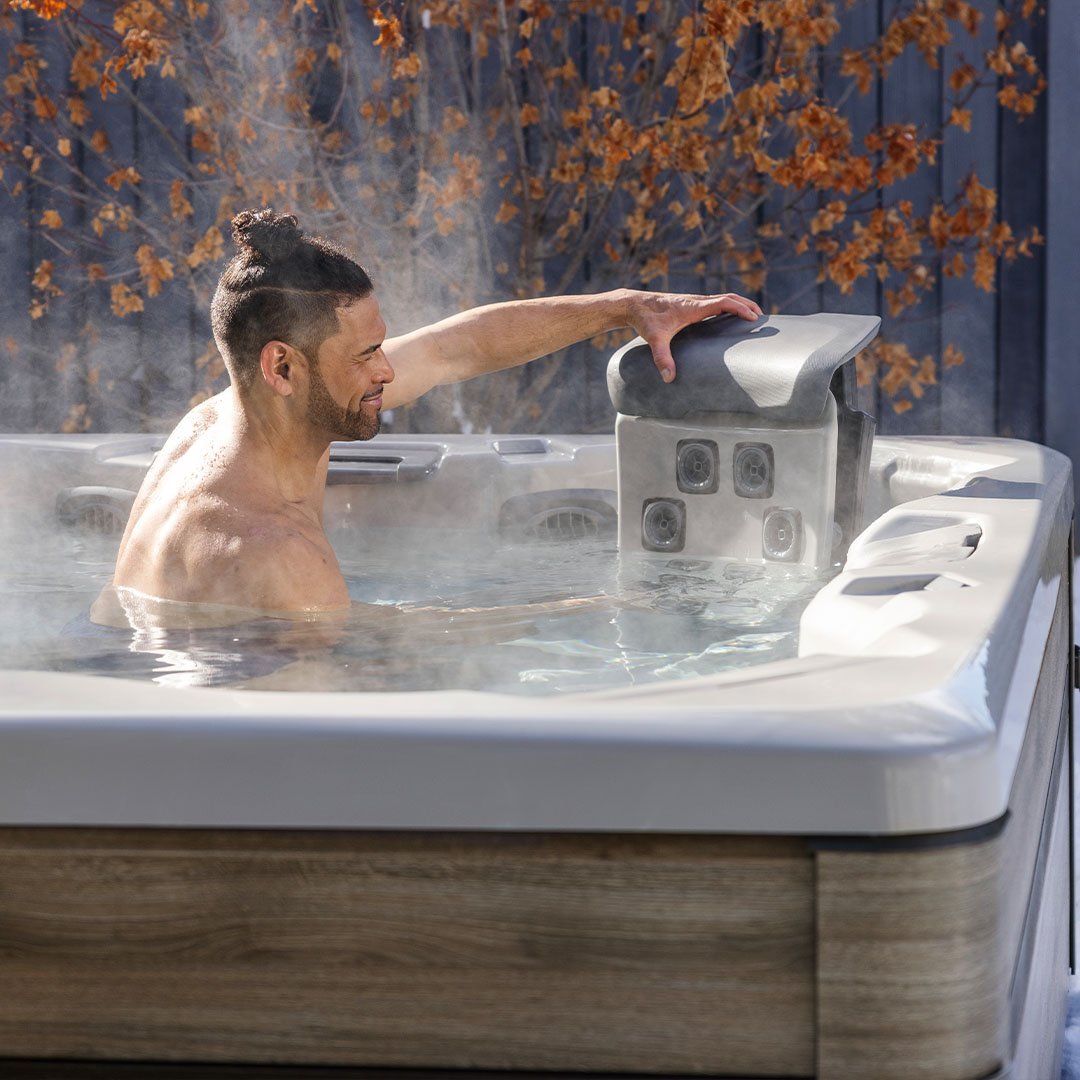Hot Tub Maintenance for Saltwater Systems: A Comprehensive Guide
Saltwater systems have revolutionized the way we maintain and enjoy our hot tubs, offering a gentler feel on the skin and simplified chemical management. At Watson's, we know that choosing a saltwater system for your hot tub not only enhances your soaking experience but also streamlines maintenance routines. However, to fully benefit from a saltwater hot tub, understanding the nuances of its care is crucial. This guide will walk you through everything you need to know about maintaining your saltwater hot tub, ensuring it remains a relaxing and healthy retreat for years to come.
Understanding Saltwater Systems in Hot Tubs
Saltwater systems work by using a process called electrolysis to break down salt (sodium chloride) into chlorine, which then sanitizes the water. This automatic generation of chlorine at a consistent level helps keep the water clean and clear without the need for frequent chemical additions. The result is a more natural feel to the water that’s softer on the skin and less harsh on the eyes.
1. Regular Salt Level Checks
The foundation of a saltwater hot tub system is, unsurprisingly, the salt. It’s essential to check the salt levels regularly, aiming to maintain the concentration recommended by your hot tub’s manufacturer. This typically falls within the range of 2,500 to 4,000 ppm (parts per million). Regular testing with saltwater test strips will help you keep the levels in check, ensuring effective sanitation and system functionality.
2. Keeping the Cell Clean
The cell, or electrolytic cell, is where salt is converted into chlorine. Over time, calcium and other minerals can build up on the cell’s plates, reducing its efficiency. To prevent this, inspect the cell every three months for buildup and clean it according to the manufacturer’s instructions. This usually involves soaking the cell in a vinegar solution or a specific cleaning compound designed for saltwater cells.
3. Balancing Water Chemistry
While saltwater systems reduce the need for adding chlorine, other aspects of water chemistry still require attention. Regularly test and adjust pH and alkalinity levels to keep them within the ideal range—typically a pH of 7.2 to 7.8 and alkalinity between 80 to 120 ppm. Keeping these levels balanced prevents corrosion, scaling, and ensures the system runs smoothly.
4. Regular System Checks
Regularly check the entire saltwater system, including the control box and connections, for any signs of wear or malfunction. Ensuring that all components are functioning correctly is crucial for the ongoing effectiveness and safety of the system.
5. Changing the Water
Despite the efficiency of saltwater systems in managing water quality, you still need to change the water periodically. Generally, completely replacing the water every 9 to 12 months is recommended to prevent the buildup of contaminants and keep the system running effectively.
Maximize Your Hot Tub's Performance
Maintaining a saltwater hot tub involves specific considerations, but the payoff in comfort and ease of maintenance can be significant. By following these guidelines, you can ensure that your saltwater system remains in top condition, providing you with a clean environment for relaxation and entertainment. Remember, the key to longevity and optimal performance of your hot tub lies in regular care and attention. Maximize your hot tub's performance to reap the many benefits they have such as the benefits for arthritis pain only hot tubs can provide.
For more comprehensive tips on general hot tub care, check out our detailed Hot Tub Maintenance Checklist to help keep your spa in pristine condition year-round.
Frequently Asked Questions
How do I know if my salt levels are too low in my saltwater hot tub?
Recognizing low salt levels in your saltwater hot tub is crucial for its effective operation. Common signs include the chlorine generator indicating a low salt alert, the water starting to look murky, or the absence of that slight saline taste. To confirm, use salt level test strips, which provide a quick and accurate measurement. If your readings are below the manufacturer’s recommended range of 2,500 to 4,000 ppm, you'll need to add salt according to their guidelines to maintain optimal sanitization and system performance.
Is it necessary to use a specific type of salt in my saltwater hot tub?
Yes, the type of salt used in your saltwater hot tub system matters significantly. It's recommended to use only pure, non-iodized salt that's specifically labeled for use in saltwater pool and spa systems, often referred to as pool salt. This salt is typically finer, ensuring it dissolves quickly and doesn't contain additives that could clog the system or damage the electrolytic cell. Avoid using table salt or rock salt as they contain impurities and additives that can interfere with the system's functionality and water clarity.
Topics: Spas and Hot Tubs












